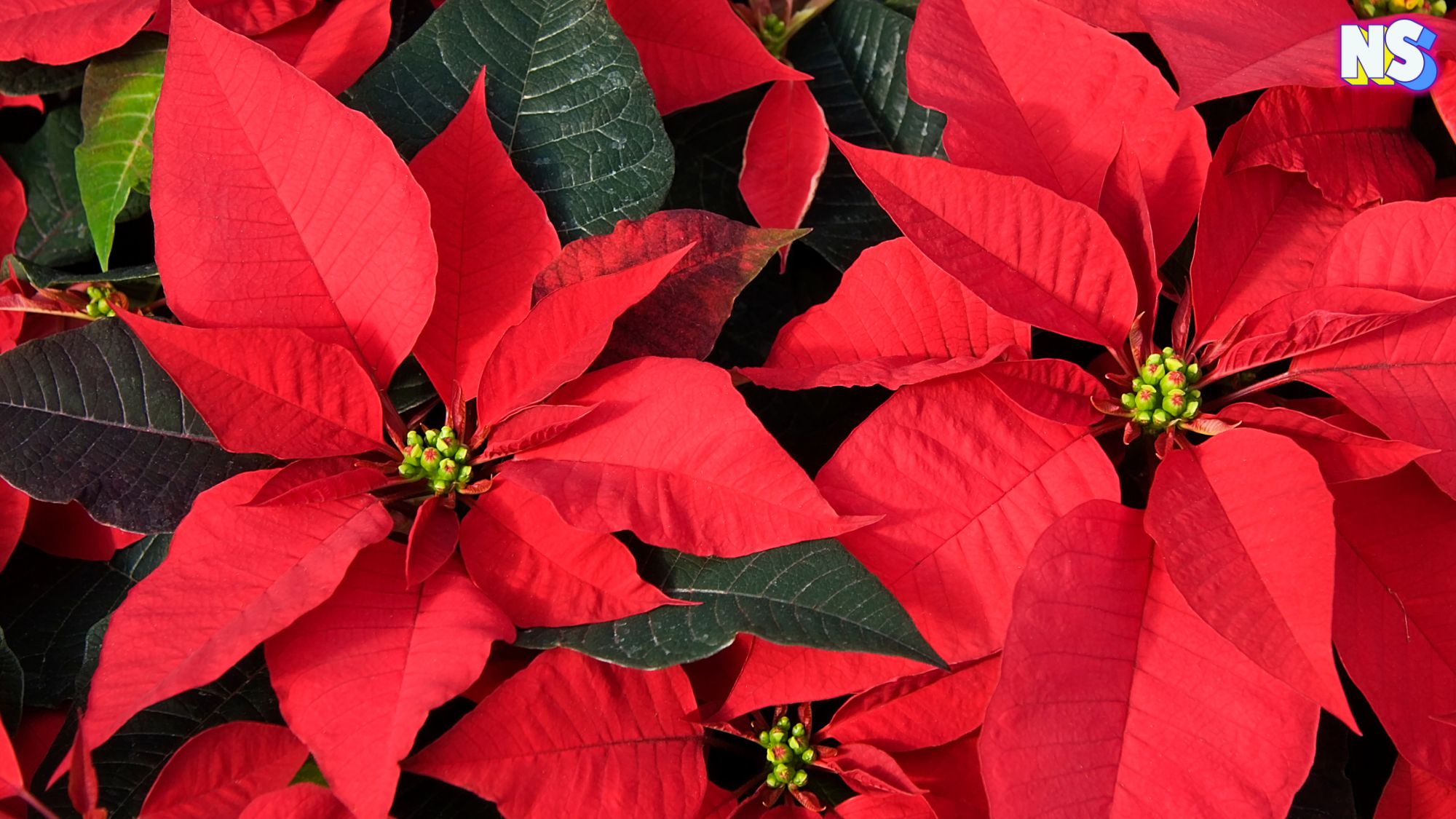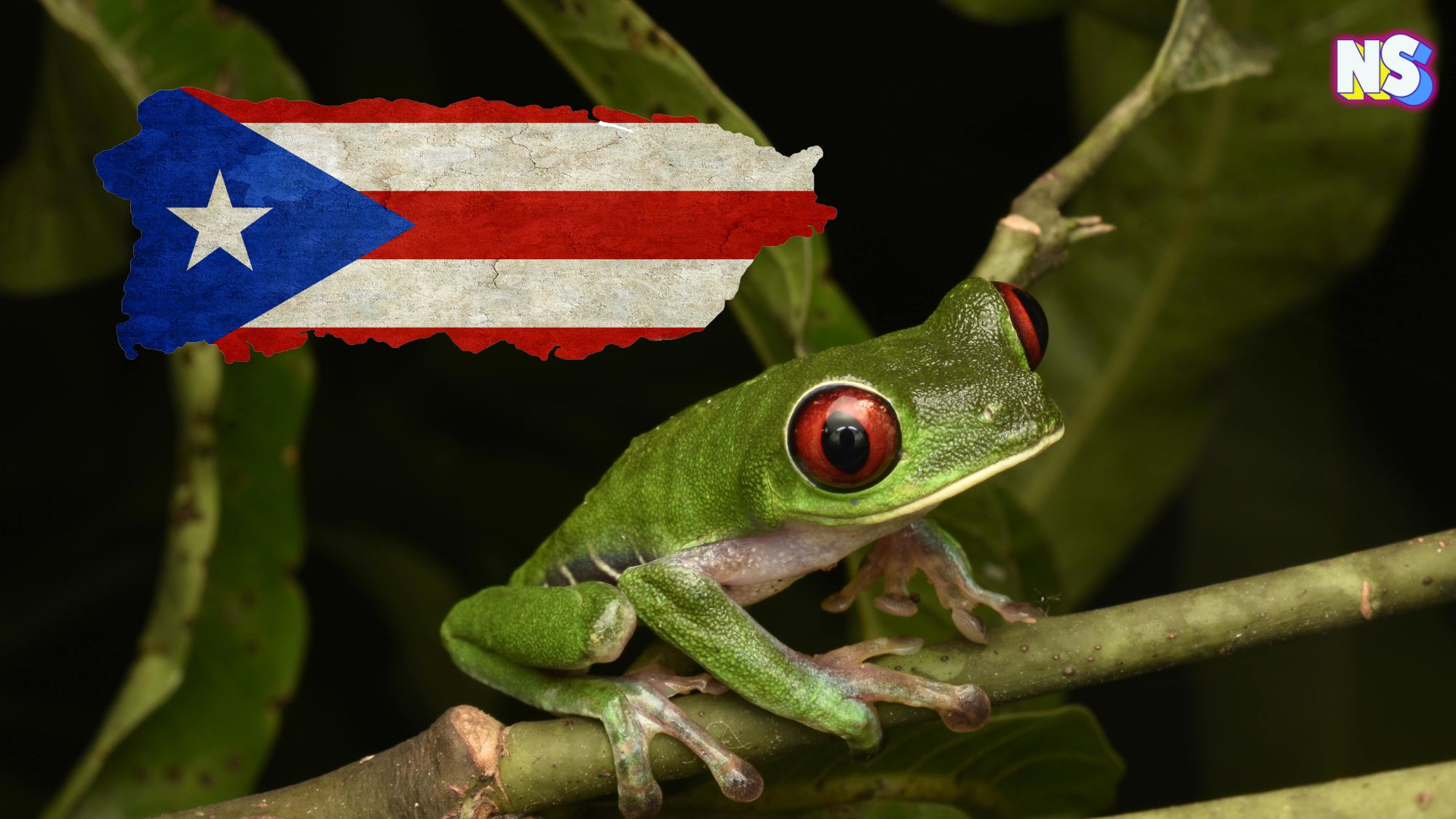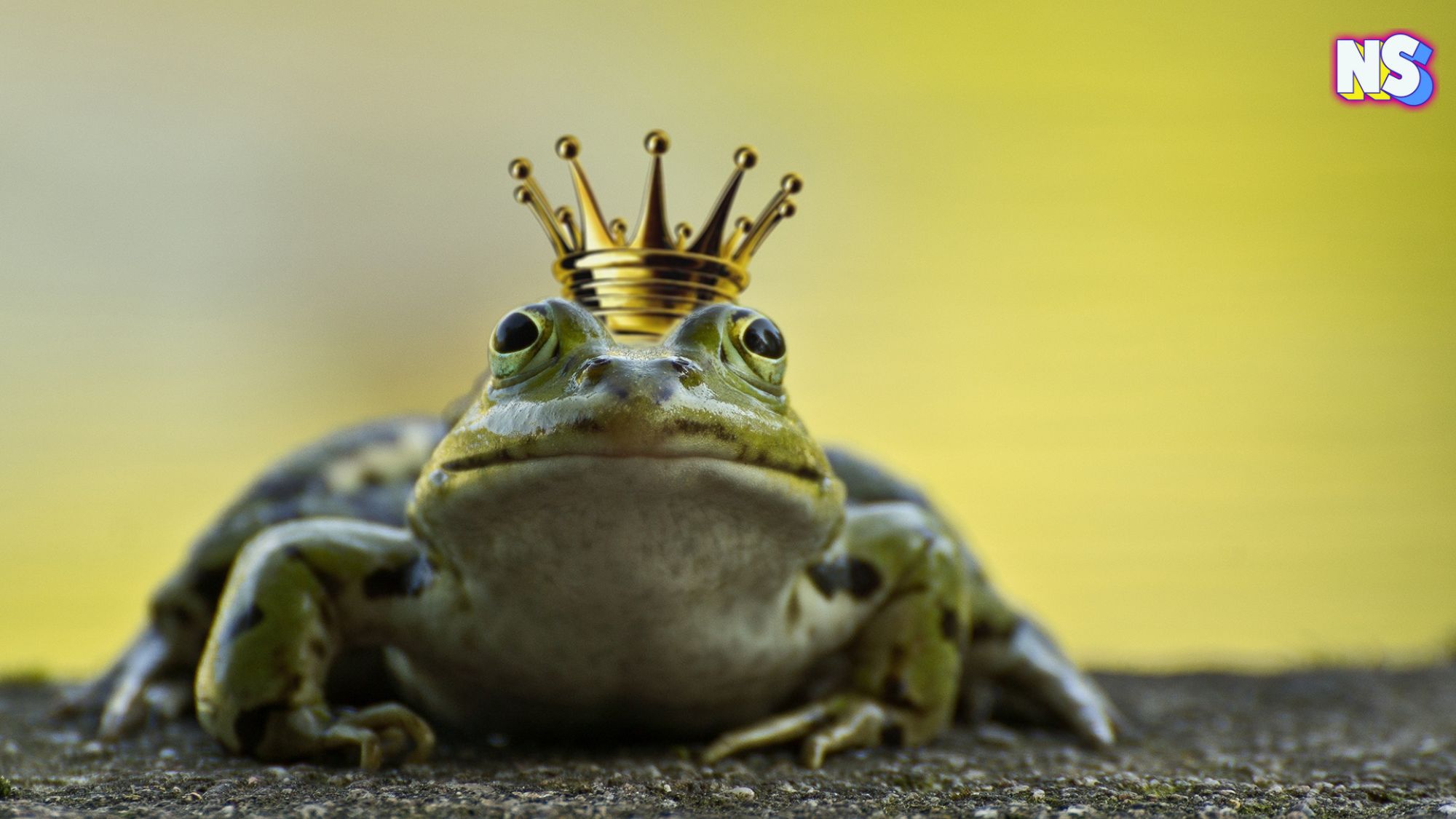Depending on where you live, there’s one plant you can’t escape during the holiday season – aside from the ever-iconic Christmas tree. It’s the poinsettia. Those red and green leaves have become as synonymous with Christmas as candy canes and eggnog. But behind this holiday staple lies a story of cultural erasure, political controversy, and a name that’s more complicated than it seems.
@fernandacortesx Lets begin calling them by their actual name Cuetlaxochitl ❤️???????? #mexico #mexican #mexica #aztec #poinsettia #cuetlaxochitl #christmas #navidad #mexicanhistory #history
♬ Cielito Lindo – Juan Veronico
The Poinsettia Has a Dark Secret
Long before it adorned holiday centerpieces, the poinsettia was known as “cuetlaxochitl” by the Aztecs. “The ancient Aztec Indians of Mexico cultivated and regarded this plant as a symbol of purity before Christianity came to the western hemisphere,” The University of Illinois explains. “They called the plant cuetlaxochitl which means ‘mortal flower that perishes and withers like all that is pure.’”
The Aztecs used its red bracts for dyes and its sap for medicinal purposes, treating fevers and infections. The Aztecs believed it symbolized the new life earned by warriors who died in battle. The name cuetlaxochitl itself translates to “mortal flower that perishes and withers like all that is pure.” And the colorful leaves were also used to create dyes for textiles and cosmetics.
RELATED POST: From Miami to Utrecht: The Bizarre and Controversial Dutch Holiday Tradition That Left Me Speechless
The plant, also known as the Nochebuena, grew in parts of Central America in ancient times. “Other Mesoamerican civilizations had different names,” the news site Axios writes. “The Maya, for example, called it k’alul wits, which roughly translates to ‘fire flower.’”
@miahuatl The cuetlaxochitl is more than xmas & the white washed history ppl know it by ❤️ #poinsettia #indigenous #nativetiktok #christmas #indigena #fyp
♬ It’s Beginning to Look a Lot like Christmas – Michael Bublé
Enter Joel Poinsett: Diplomat, Botanist, and Slave Owner
In 1825, Joel Roberts Poinsett, the first U.S. ambassador to Mexico, spotted the cuetlaxochitl growing near Taxco. Captivated by its beauty, he is said to have sent cuttings back to his South Carolina home and began propagating the plant. Soon after, it was introduced to botanical gardens and nurseries, gaining popularity in the United States.
But here’s where the story takes a darker turn. While the plant’s U.S. name honors Poinsett, his legacy is far from celebratory. As Vox notes, “Poinsett was an enslaver and a firm believer in American expansion, and during his tenure as secretary of war he oversaw the displacement of thousands of Native Americans.”
Poinsett is mostly known for his role in one of the U.S.’s darkest moments in its history: the Trail of Tears. “In 1837, Poinsett was named U.S. secretary of war and oversaw the execution of Jackson’s 1830 Indian Removal Act that the Cherokee people referred to as the Trail of Tears,” the academic outlet The Conversation explains. “That act saw the violent displacement of members of the Cherokee, Muscogee, Seminole, Chickasaw and Choctaw nations from their homelands in the South to reservations in the West.”
In Mexico, his meddling in regional and national politics was so egregious that he was ultimately asked to leave the country.
Cultural Appropriation and Commercial Domination
In the 1920s, Albert and Paul Ecke, poinsettia entrepreneurs in Hollywood, field-grew the plants in California and convinced TV producers to feature them during Christmas broadcasts. “Through tireless promotion and careful, diligent breeding, Albert, Paul and Paul’s son, Paul Jr., created marketable poinsettias and made them as ubiquitous during the holidays as the Christmas tree,” the Greenhouse Grower explains.
In 2002, Congress declared December 12th National Poinsettia Day in honor of Joel Poinsett on the anniversary of his death on December 12, 1851, at age 72. “The lawmakers who created the holiday probably did not stop to reflect on the troubled start to Mexican-U.S. relations,” the Ohio State University writes.
Today’s poinsettias are the product of decades of breeding and hybridization. While red remains the classic color, modern varieties come in creams, yellows, and even pinks. According to Axios, the poinsettia remains one of the best-selling flowers worldwide and is especially popular in the U.S., where the market grew to $213.7 million in sales in 2022.
@withfolklore ???????? Cuetlaxóchitl (poinsettia flower) La Cuetlaxóchitl is an important flower to Mexica history. If you would like to no more await a YouTube video on the importance of Nezahualcóyotl and the Cuetlaxóchitl as well as its different meaning in Nahuatl across different regions ✊???? ????️ If anyone knows the artist of the beautiful artwork I used at the 00.38sec mark, PLEASE tag them on a comment below so I can give them proper credit ✊???? #christmas #navidad #poinsettia #cuetlaxóchitl #cuetlaxóchitl #xochitl #flower #botanical #botanicalhistory #history #historia #historymemes #historybuff #historyfacts #1minhistory #nicantlaca #mexica #mexico #vivamexico #nahuatl #prehispanic #hollistic #medicinalplants
♬ original sound – Lore Rey
The Choice is Yours
The adoption of the name poinsettia glosses over the plant’s ancient history in Mexico, completely erasing its Indigenous roots. This is why many today are opting to reclaim its original Aztec name, cuetlaxochitl, as a way to honor its Aztec heritage and reject the colonial legacy tied to Poinsett.
Adding to the controversy, the U.S. has dominated the lucrative poinsettia market, with restrictive trade policies that limit imports of the plant from Mexico, where it grows naturally. This economic imbalance underscores a long history of exploitation, even as the plant’s cultural origins are celebrated in holiday traditions worldwide.
Many are trying to fix the misnaming of the flowers. “For years, Mexicans used the word poinsettismo, referring to Poinsett, to describe actions perceived as American meddling ahead of the Mexican-American War,” Axios explains.
In fact, Social Media Influencer Fernanda Cortes, who discusses the history of Mexican culture to her millions of followers, recently said, “I’m campaigning to begin calling them cuetlaxochitls.”
So, the next time you see a poinsettia — or cuetlaxochitl — take a moment to consider its history and its name. As many of us know, this pretty holiday decoration is a symbol of resilience and cultural survival. Consider calling it by its Aztec name to honor the people who first cherished its beauty.





